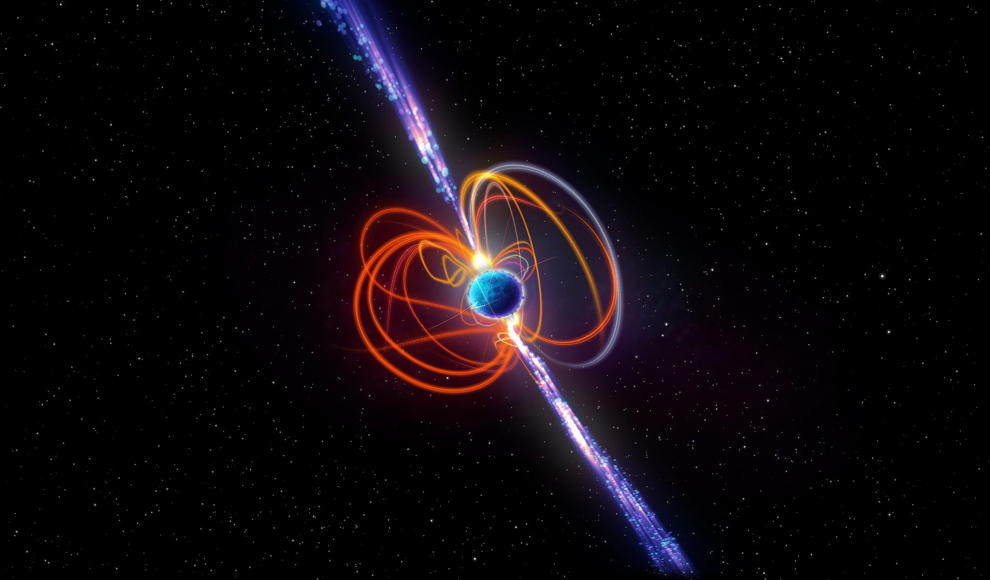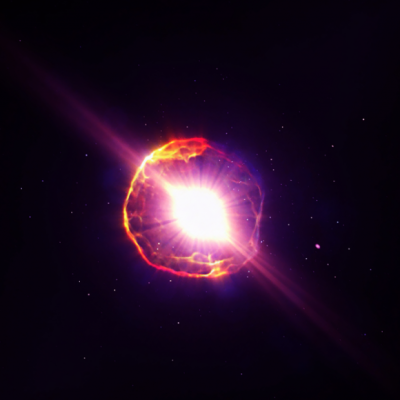Astronomers have discovered a celestial object that emits radio signals every 22 minutes, a phenomenon that should not be possible according to current scientific understanding. The object, known as GPM J1839?10, is located 15,000 light years away from Earth and its radio signal lasts up to five minutes. The discovery was made by researchers at the International Centre for Radio Astronomy Research (ICRAR) at Curtin University in Australia, who published their findings in the journal Nature.
The discovery of GPM J1839?10 follows the identification of another celestial object emitting similar “impossible” radio signals in 2022. The first object was discovered by astronomer Natasha Hurley-Walker of Curtin University, who described it as “different from anything we know.” The discovery of the second object has raised new questions about the nature of neutron stars and magnetars, which are known to emit radio signals due to their rotation.
Despite extensive research, scientists have been unable to explain how the radio signals from GPM J1839?10 are generated. The object rotates too slowly to produce radio waves, and if it is a magnetar, it should not be able to emit the observed signals. Furthermore, magnetars are believed to be active for only a few years, but archival data shows that the signal from GPM J1839?10 has been present since at least 1988, more than 30 years.
The discovery of these “impossible” radio signals has sparked renewed interest in the study of neutron stars and magnetars, and researchers hope that further investigation will shed light on the mysterious objects. The discovery also highlights the importance of continued scientific exploration and the potential for new discoveries that challenge our current understanding of the universe.
In conclusion, the discovery of GPM J1839?10 and its “impossible” radio signals has raised new questions about the nature of celestial objects and the mechanisms that generate radio waves. The discovery highlights the importance of continued scientific exploration and the potential for new discoveries that challenge our current understanding of the universe.







-400x400.jpg)


